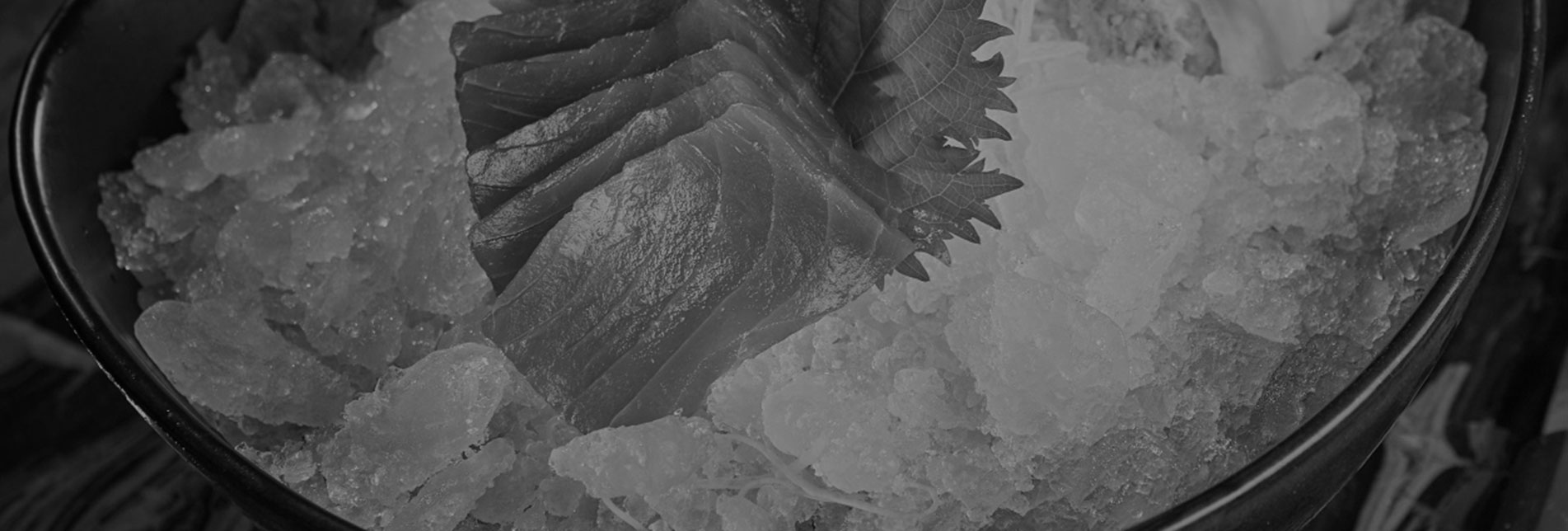Bullet ice makers, renowned for generating dense, cylindrical ice pellets with rapid cooling cycles, represent a convergence of precision thermal engineering and material science to meet escalating demand in commercial and residential sectors. Unlike conventional cube ice systems, bullet ice production requires optimized phase-change dynamics to form clear, low-porosity ice structures that resist melting in beverages while minimizing energy expenditure. Central to this efficiency is the integration of cascade refrigeration systems, which employ dual-stage compressors and eco-friendly refrigerants like R290 (propane) to achieve evaporator temperatures below -15°C within 6–8 minutes. Computational fluid dynamics (CFD) modeling reveals that helical water flow paths within vertically aligned freezing cylinders—coated with diamond-like carbon (DLC) films—reduce nucleation barriers, enabling ice formation at 30% faster rates than uncoated aluminum molds.
.png?imageView2/2/w/450/format/jpg/q/75)
The ice’s structural integrity is governed by controlled supercooling and impurity management. Advanced models incorporate reverse osmosis (RO) filtration and UV sterilization to eliminate dissolved solids and biofilms, ensuring ice clarity (≥95% light transmittance) and compliance with NSF/ANSI 12 standards. During the freeze cycle, piezoelectric sensors monitor water layer thickness to maintain optimal heat transfer rates (≈450 W/m²·K), while variable-frequency drives (VFDs) modulate compressor speed based on ambient humidity, cutting idle energy use by 22%. This responsiveness is critical in high-throughput settings like hospitals and bars, where bullet ice makers must produce 50–100 kg/day with ≤1.5 kWh/kg energy efficiency.
Material innovations further enhance durability and thermal conductivity. Borosilicate glass evaporators, for instance, resist scaling and corrosion better than stainless steel, extending lifespan to 10+ years despite cyclic thermal stress. Simultaneously, graphene-enhanced polyurethane insulation panels limit ambient heat ingress, maintaining cabinet temperatures at -18°C with 40% thinner walls. In smart models, IoT-enabled diagnostics predict component wear via vibration analysis and current draw patterns, preempting downtime in 24/7 operational environments like convenience stores.
Emerging applications in cryotherapy and food preservation are driving redesigns. Pharmaceutical-grade bullet ice makers now feature hermetic scroll compressors and magnetic levitation bearings to achieve ultra-low noise (≤35 dB) for laboratory settings, while dual-purpose units can switch between ice production and flash-freezing modes for molecular gastronomy. As global water scarcity pressures mount, closed-loop systems with 98% water reuse rates—enabled by air-cooled condensers and subcooling recovery loops—are positioning bullet ice technology as a sustainable solution beyond traditional hospitality markets.

 English
English Español
Español
















